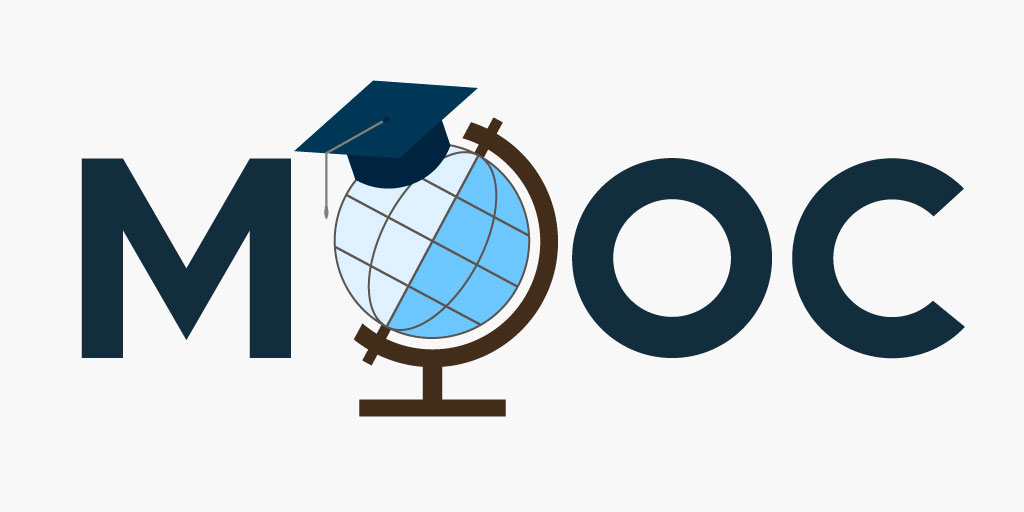
As a K-12 educator, you may think that the term “MOOC” is made up at first—it sounds like a nonsense word from a first grade phonics test! But in higher education, MOOCs have become pervasive and have altered how education is delivered across the globe.
The acronym MOOC stands for massive open online course. They come in a variety of shapes, sizes, topics, and disciplines. The concept is fairly simple: higher-level courses that are available for free to anyone who wants to take them. Most of the time some college credit is available, at a cost, if the student is in need of that.
Acquiring New Skills
Why would someone take the time to go through a course like this for no credit, even if it is free? This question in and of itself demonstrates a shift in thinking in the world of education. Don’t misunderstand—many MOOCs lead to certifications, micro-credentials, or passing a test. But if any individual wants to learn more about supply chains, computer coding, or physics, there are plenty of MOOCs available for learning these skills.
Where can someone find a MOOC if they want to enroll? Here are some good options to get started:
- Mooc.org: This site offers the gamut of different disciplines and types of courses from some of the nation’s top universities. For educators, there are some coding classes that can expose teachers to a background in coding that can be implemented in classrooms in a variety of ways.
- Coursera: This site also has highly noted universities associated with it. Coursera has an easy interface and a lot of options for learning many different contents. For secondary teachers and students, the Learning How to Learn course is great for learning deep content and retaining information. This course has become a foundation for some teacher education programs at the collegiate level.
- FutureLearn: Like the others listed here, this site offers a wide variety of learning opportunities from coding to filmmaking. One thing that sets this site apart for educators is the teacher/education section, which features a number of STEM courses for teachers. There are also courses on setting up a coding club and how to effectively teach biology to students.
- OpenClassroom: This site works a little differently than some of the others. The career tracks are more limited and are much more focused on filling needs in industry compared to learning new skills. Instead of feeling more university centered, it feels more industry centered. Another thing to note is the “freeimum” nature of this site. There are free options, but to really use the site a lot will require upgrading to the premium version at a low cost per month.
The OpenClassroom course on developing a career plan is geared toward adults, but I think it could help our high school seniors who are in need of direction for the next steps in their life. What better use of the final semester of their senior year than to get them started on a learning path through a MOOC that is free of charge.
Some MOOCs are designed like a college course with a specific title, learning objectives, etc. Others can be tailored to fit the needs of an industry or a specific company. Looking into mooc.org helps to see some of the options for the “create your own” model. I’m not sure most public institutions would have the time and resources for taking this on, but it is a consideration for future learning and ideas.
The Future of Learning?
What are some takeaways from this for K-12 teachers? First, I think we can learn some things about the model in and of itself. A similar parallel to MOOCs in K-12 are homeschooling options that are offered for free. Is the experience the same as in the classroom? Probably not, but there is a demand from many students and parents for this kind of flexibility in learning (time, schedule, content, and process). Our classrooms will need to shift to meet this demand in the future.
Finally, the mooc.org site is sponsored/promoted by edX, which has some amazing options for teachers, but also has a component for creating courses within the system. This has a great potential for teachers as they think about delivering instruction to students. Another portion of edX is dedicated to high school students to learn and prepare for AP tests in a variety of different areas. For this site, teachers can learn, but students can learn directly from it also.
There is time commitment and a change in the learning style needed, but MOOCs can be a great option for teachers and for students to access a variety of different educational concepts.
Boxlight has their own version of a MOOC in our live Quick Learn training sessions. These courses are available from beginner to advanced levels and cover topics such as education technology, interactive software, and lesson development. Take a look at this month’s sessions, all taught by EdTech experts—you can even earn professional development credits!


